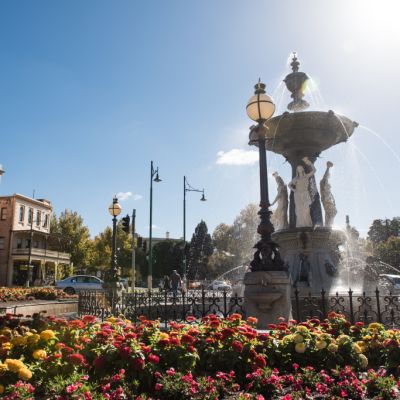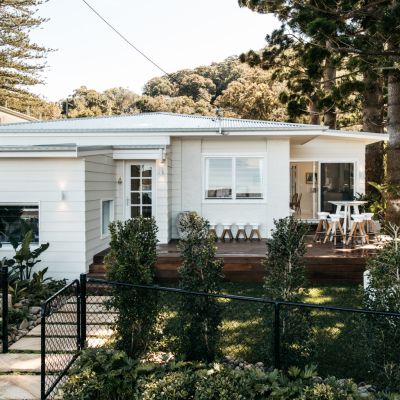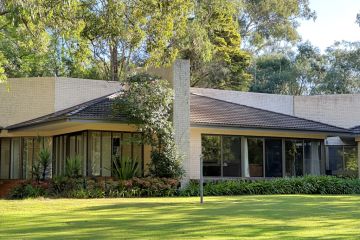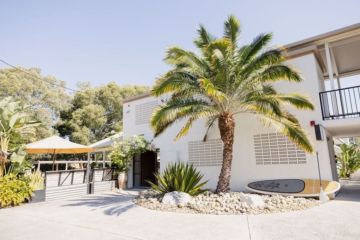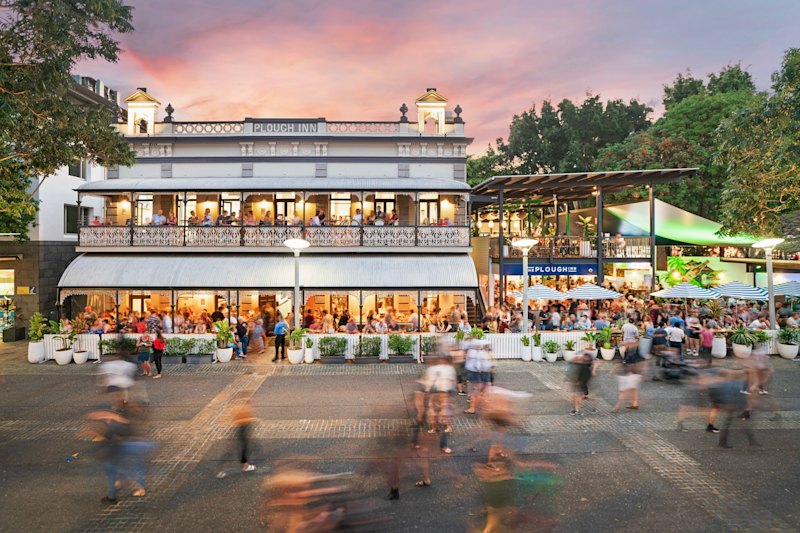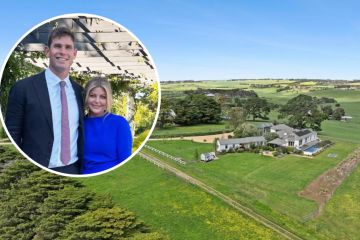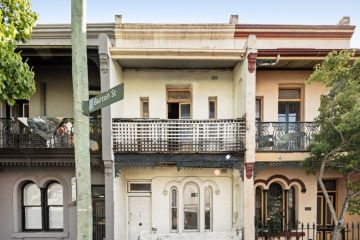Thanks for the memories: Why I miss the holiday towns of old
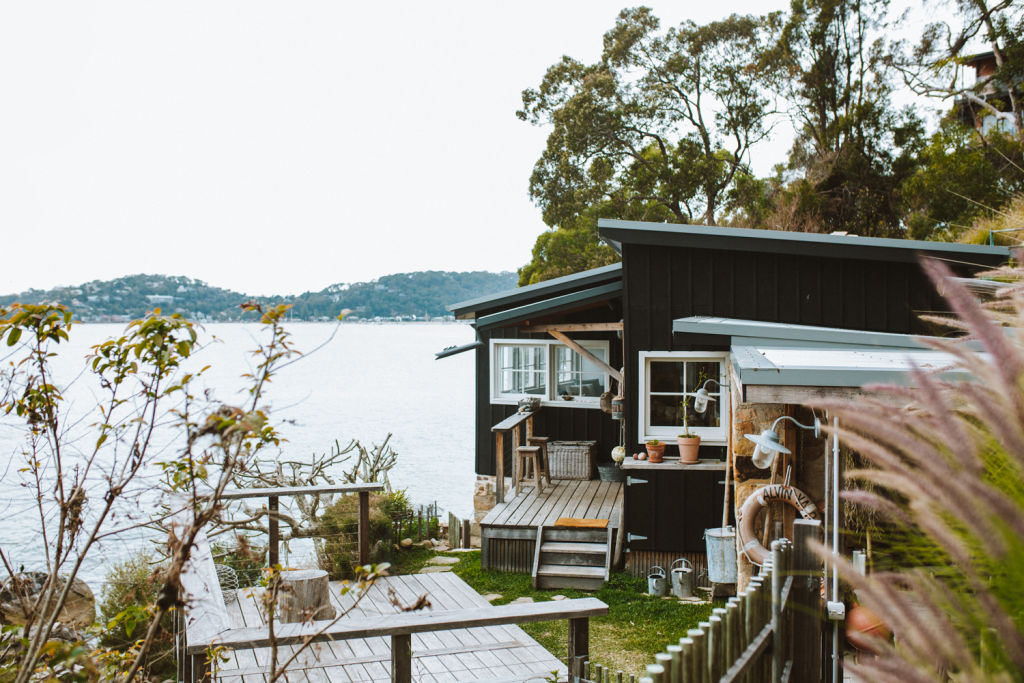
Once upon a time, there was a quiet coastal community, living in paradise. Then the pandemic arrived, and with it, hordes of city folk came teeming in, pillaging the unspoiled RSL, driving up prices and generally gentrifying the place into the ground.
Sound familiar?
It’s easy to see why people living in small towns might feel bitter. The high-season tourist bulge has, for so many, become the new normal.
And though the trend to flee the city has exploded in the pandemic, the reality is, many of these regional towns have long been seeing an influx of residents. According to Amanda Davies, professor of Human Geography at the University of Western Australia, while the movement of 11,800 people from Australia’s capital cities as of March 2021 is the largest on record, the figure is not that different to previous years.
“What we have seen is a small increase [from the normal level] in the number of people leaving Melbourne and Sydney over 2021 – moving to regional cities and centres,” Davies says.
“Overall, moves to the country still tend to be driven by people seeking to balance lifestyle and cost of living. As housing costs continue to put home ownership out of reach for many in capital cities and large regional centres, smaller regional centres and towns are emerging as places that can offer the balance between lifestyle and cost of living that many are seeking.
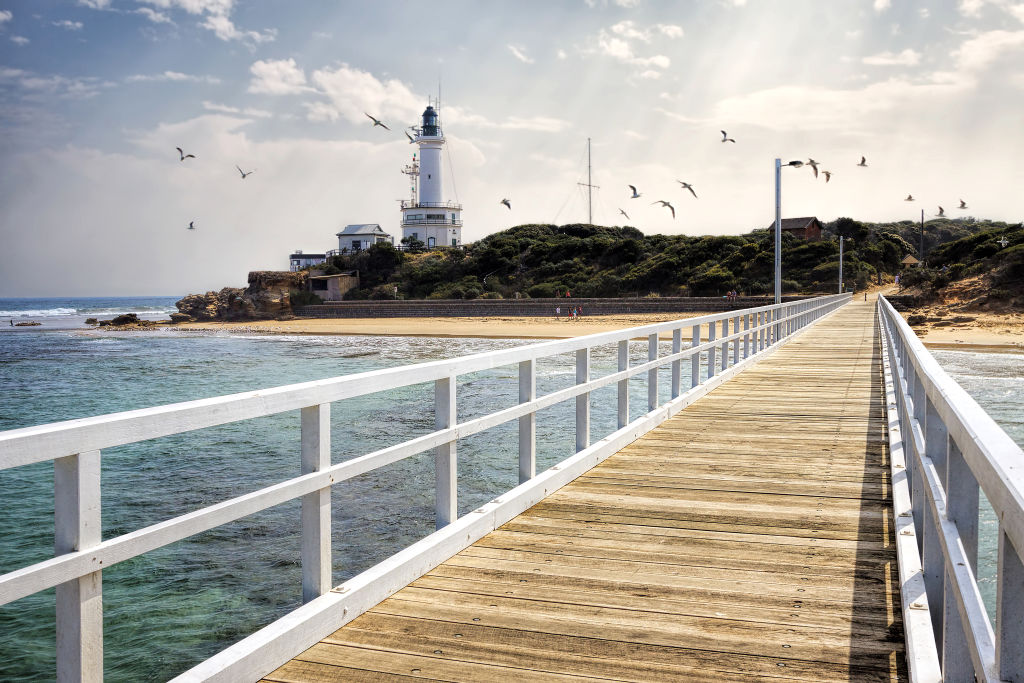
“Moving to regional Australia is not new. Regional Australia has been gaining population for many years – decades, actually,” she says.
Don’t I know it. Take, for instance, the small coastal town I have spent every summer in, since before I had memory.
My great-grandparents originally moved in the 1950s. This was before my grandparents, with my dad and aunt in tow, bought the tiny house next door to spend their summers with them. Other aunts and uncles soon followed. By the time the four of us kids arrived, in the 1980s, it was a multigenerational deal. And though the great-grandparents and grandparents have left the earth, our own children now swim in the same ocean they once frolicked in; laughing and jumping in the foam.
But our children don’t know what it was like before the hulking, white Airbnbs with their floor-to-ceiling glass windows impinged on our view of the bush; before the three-storey, box-style homes began shooting up, all beige, like great big loaves of stale white bread, along the shore.
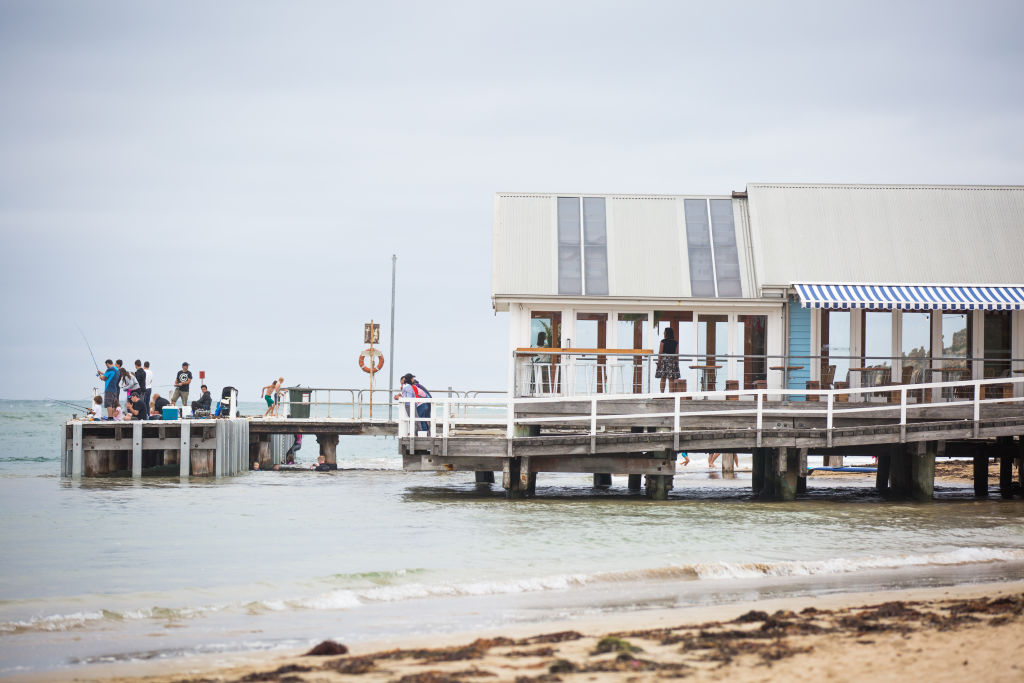
Gone are modest fibro homes in ham pink and avocado green that once lined the sandy roads. These houses had room for two. Everyone else had to sleep on fold-out beds and mattresses, tossing and turning throughout the night with only the sea breeze to cool our sunburnt skin. If we wanted the toilet at night, we had to take a torch with us to the makeshift shack outside. Huge cockatoos, flocks of them, would gather in an ancient tree at sunrise to squawk until we woke up, smelling the smoke from the previous night’s mosquito coils that still lingered in the air.
Then it was the beach, when all anyone needed was a bathing suit, a dab of zinc and a towel. And the beach itself was only ever crowded on the Australia Day long weekend, when folks from the city would show off on their catamarans and we’d roll our eyes, knowing they’d be gone by dusk and we could hunt for pippies in the wet sand, with only the crashing waves for company.
There were three shops – a general store, a hardware shop and a post office. There was a bowlo, where my beer-loving great-grandmother was the local champion, so the legend went. If you wanted hot food, you went to the service station.
This – the house, the beach, the sleepy coastal town – is deeply imprinted on my psyche. It looms so large in my childhood memories, it manifests almost like a third parent who helped raise me. So, I can admit to a certain sepia-toned bias.
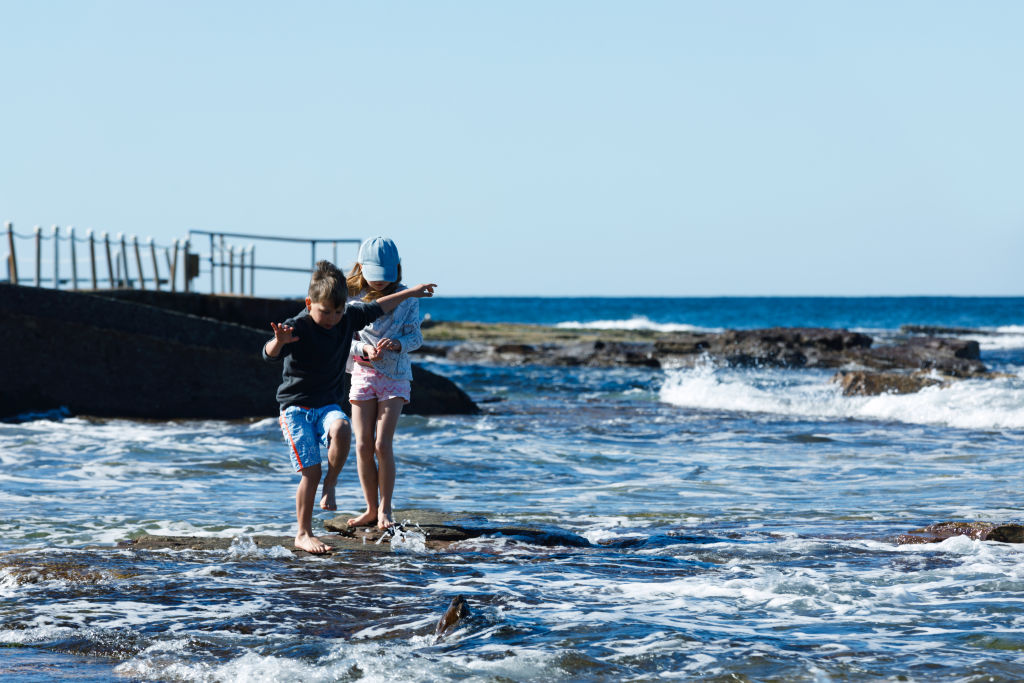
But, no town should stay frozen in time – especially not for a city dweller privileged enough to visit each summer. I mean, I get the irony. Besides, progress is good for the local economy and jobs. And fibro can contain asbestos!
It’s just that … the character is fading. The little town has been bleached by not just the salt and sun, but an aesthetic deemed aspirational through exposure to Instagram. The locals themselves, many of them hippies and artists, have been replaced by microcelebrities, franchisees and influencers.
The economic colonialism – whereby working-class folk are driven out by the more affluent joiners – is evident not just in the Airbnbs, but the small business owners, setting up shops for overpriced linen dresses and soy wax candles that mimic the scent of coconut oil – another relic of my childhood, now extinct. The new locals take selfies on a beach that is now so overcrowded, the pippies are MIA. The bowlo is long gone, replaced by another Airbnb.
“Such is life” is what my dad says when I complain. And, in the end, I know he’s right. Because the deepest truth in all of this is that towns are just places. It’s the people who make them what they are.
We thought you might like
States
Capital Cities
Capital Cities - Rentals
Popular Areas
Allhomes
More

